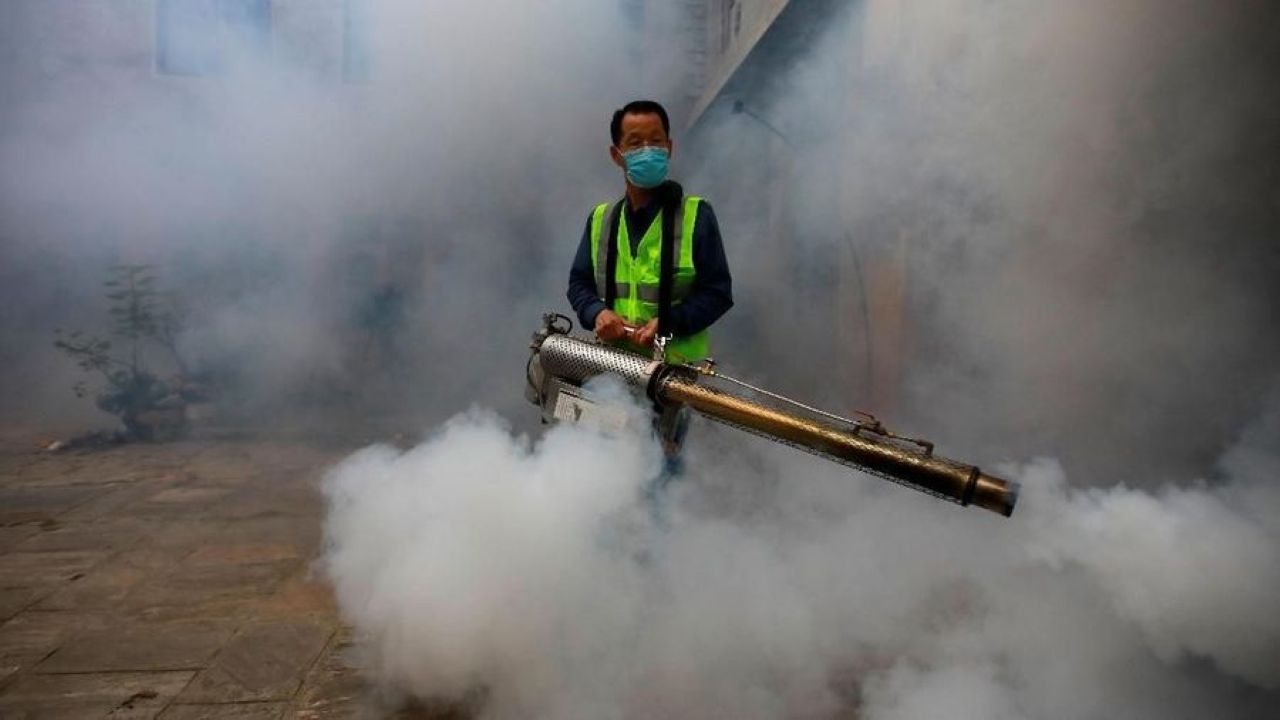
Chikungunya Cases Surge to 7,000 in China: What Are the Symptoms?
Light House Denver – Chikungunya cases in China have continued to rise sharply, particularly rapidly in the southern province of Guangdong. Since July, local authorities have reported over 7,000 infections, reflecting a rapidly escalating transmission trend in a short period of time.
In just the past week, nearly 3,000 new Chikungunya cases have been reported in the province. This surge has raised public concern due to the speed at which the mosquito-borne virus spreads.
The World Health Organization (WHO) had previously issued a global warning about the potential outbreak of Chikungunya. WHO urged all countries to take immediate action to prevent a recurrence of the Chikungunya epidemic that occurred two decades ago.
“Continue Reading: Song Young-kyu Passes Away After Withdrawing from Latest Drama Project”
The Chinese government responded swiftly with several preventive measures, including:
Infected patients are required to undergo isolation under mosquito nets. They are only allowed to return home once they test negative or after receiving treatment for seven days.
According to the official website of Indonesia’s Ministry of Health, Chikungunya is a viral disease transmitted through the bites of Aedes aegypti or Aedes albopictus mosquitoes, the same mosquitoes that spread dengue fever.
This virus is commonly found in tropical and subtropical regions, especially during the rainy season or in areas with poor sanitation.
Individuals infected with the Chikungunya virus may experience a range of symptoms, including:
These symptoms usually appear within a few days after infection. However, in some cases, the infection may be asymptomatic, making it difficult to detect early.
Chikungunya infection generally progresses in three phases:
As of now, no vaccine is available for Chikungunya. Therefore, the primary method of prevention is to avoid mosquito bites. Recommended preventive steps include:
By following these practices, the risk of virus transmission can be significantly reduced.
“Read More: 300 Gaza Children to Be Evacuated to the UK for Medical Treatment at NHS Hospitals”